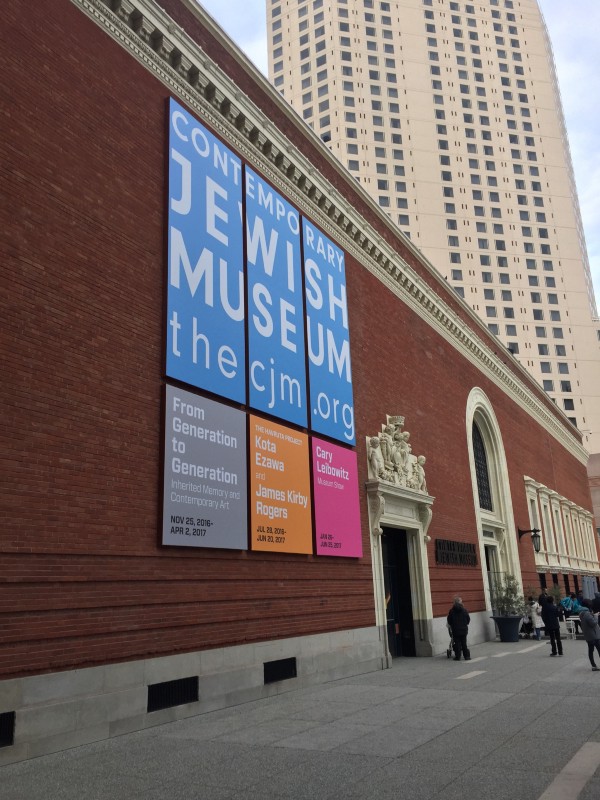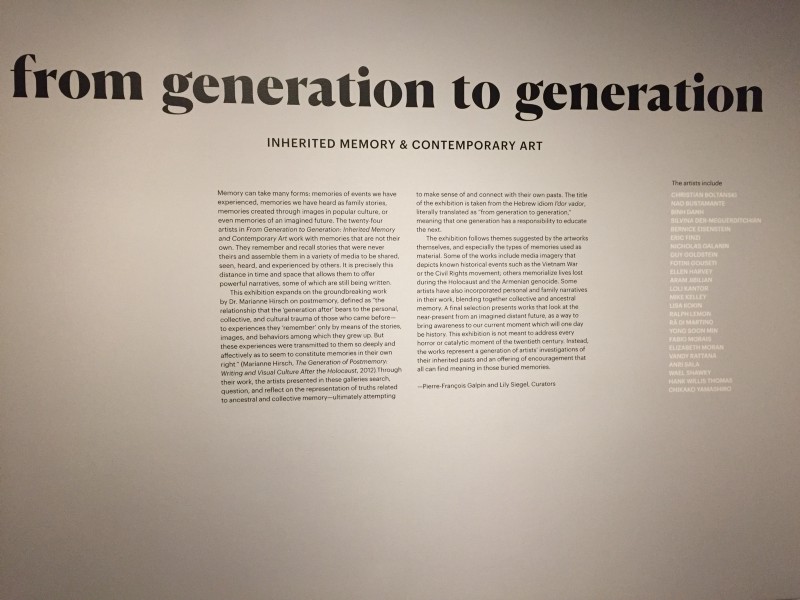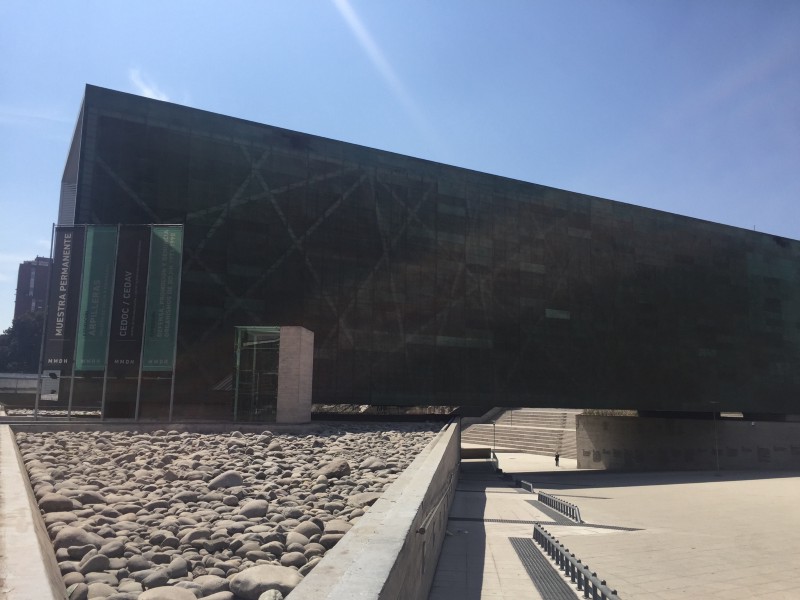
Museums + Memories

A year ago yesterday, Christmas Day 2016, while waiting to see Hidden Figures, I went to the Contemporary Jewish Museum in San Francisco and had the opportunity of seeing an exploratory exhibition on how we document, preserve, and pass on memories generationally.
As a scientist, I have always been fascinated in the way the brain stores information and how the brain retrieves it. Have you ever stop to think how many words do I know or My research looked into the mechanisms involved in reading and how we process written visual text and retrieve its meaning from our memory store. Words let us tell stories, share our experiences, communicate with one another.
 The CJM | From Generation to Generation: Inherited Memory and Contemporary Art
The CJM | From Generation to Generation: Inherited Memory and Contemporary Art
The exhibit walked us through a collection of various media: old newspapers, photos, trinkets, through the eyes of 24 artists. It evoked something deeply human and personal through its storytelling. This is an area I’ve been wanting to explore more, the art of storytelling, which is one of our oldest ways of passing on memories generation after generation.
Back in March of this year, I had the opportunity to go to the Museum of Memory and Human Rights in Santiago, Chile. Prior to going, I only had a surface understanding of the military dictatorship. The museum does a very thoughtful job in retelling such a sensitive and painful time in Chile. If you have a chance to go, I highly recommend it.
There was one section in particular that I had surprising relationship to memory in the brain. Political prisoners would make crafts as way to tell their stories, and to deal the trauma. One symbol that reoccurred again and again and resonated with me was the seahorse. The story behind it is that in detention and torture centers, they were blindfolded when they were being transported, even to the bathroom.
Some of the detention centers were on the coast. Prisoners recalled sometimes being able to see through the bottom of blindfolds on their bathroom trip, and would often see seahorses through the cracked floorboards of the bathrooms. It would become one of their symbols of survival. The hippocampus is a brain region that is related to memory formation and it gets its name from Greek for its resemblance to the seahorse.

Comments
Comments
Loading comments...